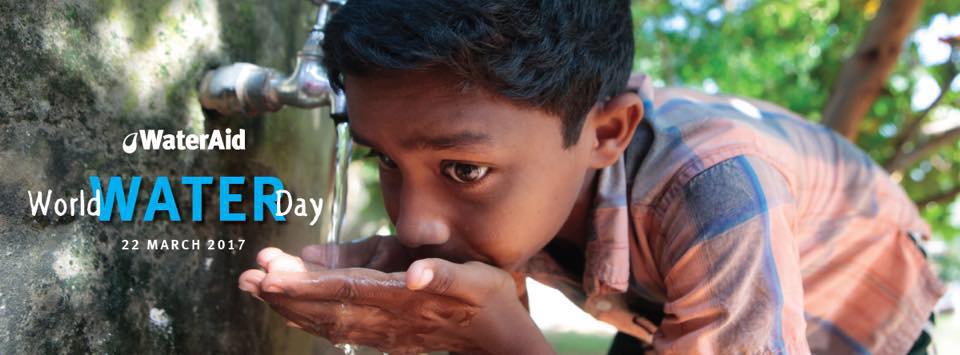New Delhi: India, one of the world’s fastest growing economies and home to 17% of the world’s population, has the most number of rural people living without access to clean water – 63.4 million – ‘Wild Water’, WaterAid’s State of the World’s Water 2017 report reveals. The report has been released to mark World Water Day on 22 March and warns about the implications of extreme weather events and climate change for the world’s poorest.
India ranks in the top 38% of countries worldwide most vulnerable to climate change and least ready to adapt, according to the Notre Dame Global Adaptation Index*. With 67% of the country’s population living in rural areas and 7% of the rural population even now living without access to clean water, India’s rural poor are highly vulnerable to the effects of extreme weather events and climate change.
WaterAid’s second annual analysis of global water access, ‘Wild Water’, examines the state of rural access to safe drinking water around the world and warns that more extreme weather events resulting from climate change – including cyclones, ruinous flooding and prolonged drought – could make it even harder for the world’s poorest people to access clean water.
Today 663 million people globally are without clean water and the vast majority of them – 522 million – live in rural areas. These communities face particular challenges in gaining access to water due to isolated locations, inadequate infrastructure and a continued lack of funding.
Among the other main findings:
• In Papua New Guinea, over two-thirds of the rural population – 67% – live without access to clean water, while Madagascar and Mozambique follow closely behind, with 65% and 63% of their rural populations without clean water, respectively. All three countries rank in the top 20% of nations worldwide most vulnerable to climate change and least ready to adapt, according to the Notre Dame Global Adaptation Index.
• Angola tops the list of countries with the greatest percentage of the rural population without access to safe water. Despite being Africa’s fifth largest economy, 71% of the country’s rural population lives without access to safe drinking water.
• Paraguay is making the most progress in improving access to water for its rural population. With 94.9% of rural dwellers now enjoying access to clean water, this South American nation has reached nearly 1.5 million people in just five years – an impressive 43% increase in access levels. Malawi follows closely behind in second place.
Existing challenges around access to clean water are compounded by extreme weather events, impacting the health, wellbeing and livelihoods of the world’s poorest people.
Diseases such as cholera, blinding trachoma, malaria and dengue are expected to become more common and malnutrition more prevalent. Rural communities dependent on farming to make a living will struggle to grow food and feed livestock amid soaring temperatures, and women – typically responsible for collecting water – may have to walk even greater distances during prolonged dry seasons.
WaterAid India’s Chief Executive, VK Madhavan, says:
“India has the highest number of rural people living without access to clean water – 63 million. A majority of these people come from poor rural communities and any significant variation in the climate only worsens their daily struggle to access clean water. With 27 out of the 35 states and union territories in India disaster prone, the poorest and the most marginalised across the country will bear the brunt of extreme weather events and climate change and will find it the hardest to adapt.
This World Water Day, WaterAid is calling on the government to deliver its promise to meet the Sustainable Development Goals, including ensuring access to safe water as part of Goal 6 to everyone, everywhere. Along with access to safe water, it is critical that communities have the necessary tools, infrastructure and preparedness to deal with the effects of extreme weather events and climate change.”
This World Water Day, WaterAid is calling for:
• Governments to prioritise and fund water, sanitation and hygiene, fulfilling these fundamental human rights and build communities’ resilience to extreme weather events and climate change.
• Government leaders to increase efforts to meet their commitments to the Sustainable Development Goals, including achieving targets to reach everyone, everywhere with safe, clean drinking water, adequate sanitation and hygiene for all by 2030.
• Governments around the world to keep the pledges made at the 2015 Paris climate summit and lead efforts to urgently increase funding for the poorest countries to adapt to the impacts of climate change. Less than a third of available international public climate finance has reached least-developed countries, while middle-income countries benefit most.

